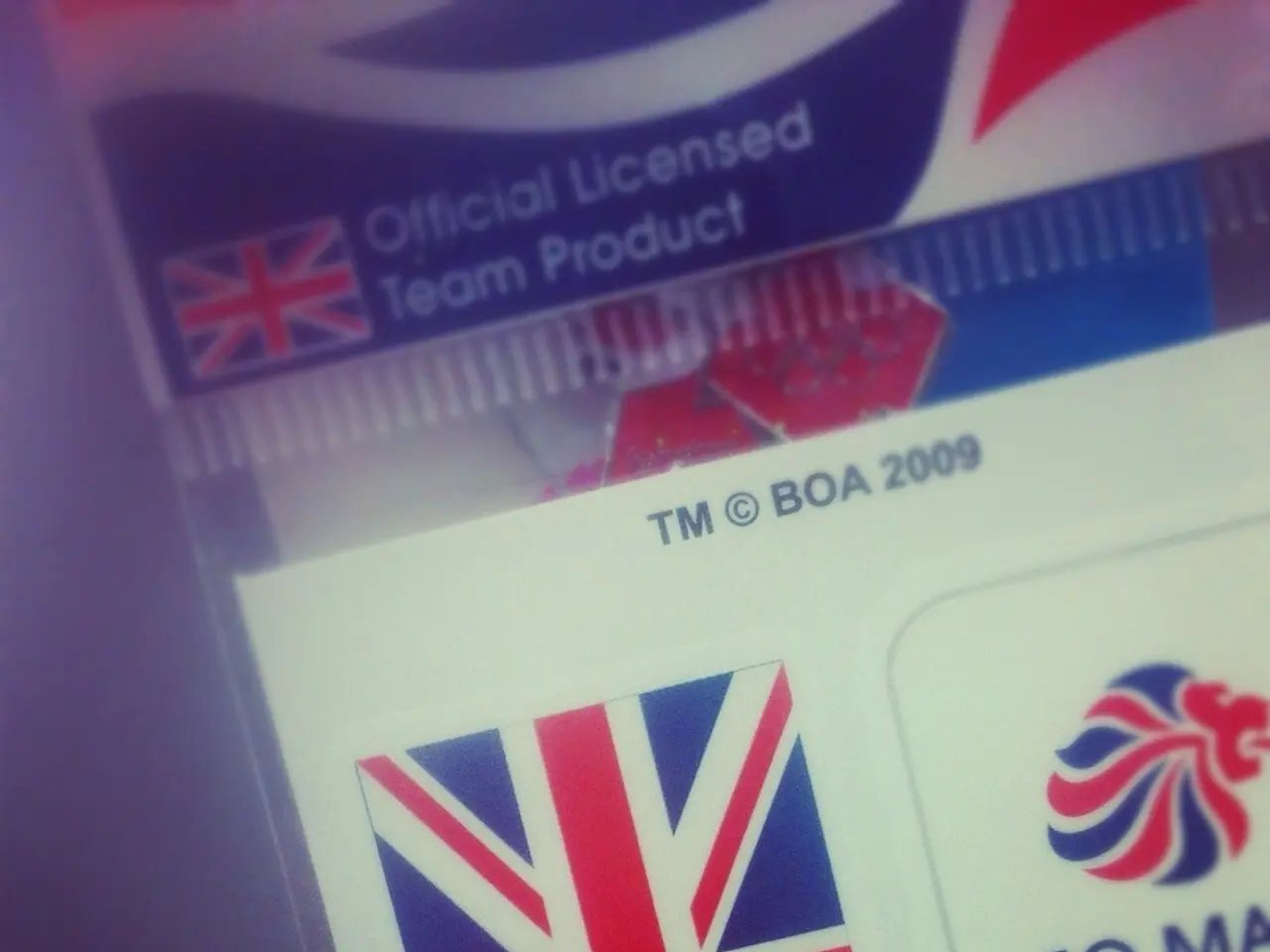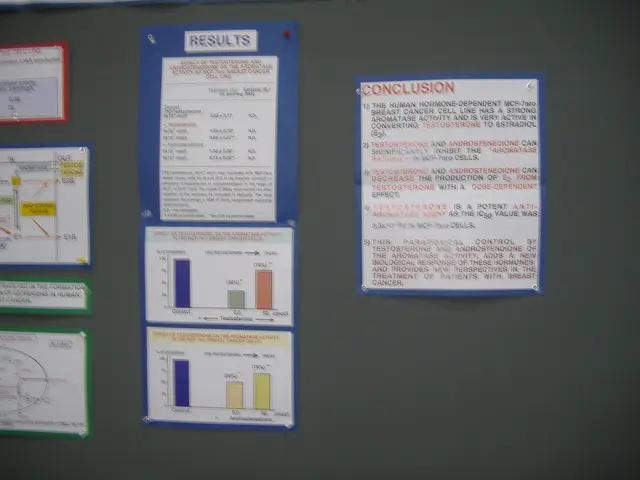Examining the Threshold: How SOC 2 Certification Becomes the Key to CPA Firms' Trustworthiness Assessment
In the tax and accounting industry, maintaining SOC 2 compliance has become a key requirement for demonstrating security to clients and regulators. A structured, multi-step transformation can help CPA firms turn this compliance process into a competitive advantage.
Embracing SOC 2 Criteria
The first step is to understand and align with the five SOC 2 Trust Services Criteria (TSC) — security, availability, processing integrity, confidentiality, and privacy. By evaluating current compliance gaps relative to these standards, a foundation for a strong control environment and audit readiness is established.
Building and Documenting Controls
Next, firms should develop formalized security policies, operational procedures, and technical controls tailored to SOC 2 requirements. This includes risk assessments, access controls, incident response plans, and continuous monitoring protocols. Comprehensive documentation supports repeatable compliance and audit evidence collection.
Independent Audit by a Licensed CPA Firm
Engaging a licensed CPA firm to perform the SOC 2 audit independently validates that controls are effective and aligned with industry standards, building credibility and trust with clients and partners.
Utilising SOC 2 as a Marketing Tool
Instead of viewing compliance as a cost or burden, CPA firms can use the SOC 2 attestation proactively as a marketing and sales tool, showcasing their commitment to data protection and operational excellence. This transparency strengthens client confidence and can become a competitive advantage.
Automating Compliance Efforts
Implementing tools and platforms that simplify ongoing compliance management, such as automated control monitoring, evidence gathering, and reporting, reduces manual workload and continuous compliance costs, freeing resources for strategic initiatives.
Planning for Scalability and Continuous Improvement
Ensure compliance processes are mature enough to scale with the firm’s growth and evolving client demands. Regularly reassess controls and compliance posture to adapt to new risks, technologies, and regulatory changes, maintaining a proactive security stance and long-term sustainability.
Pursuing Broader Security Certifications
While SOC 2 is critical, firms might also pursue ISO 27001 and ISO 27701 certifications to meet increasingly sophisticated client demands and supply chain requirements, further enhancing competitive positioning.
By methodically implementing these steps, a CPA firm transforms SOC 2 compliance from a regulatory hurdle into a strategic asset that supports client trust, operational resilience, and market differentiation.
Specific SOC 2 Requirements
SOC 2 requires specific, provable safeguards such as AES-256 encryption for data at rest and mandatory multifactor authentication (MFA) for every remote connection.
(Note: The Forbes Technology Council is an invitation-only community for world-class CIOs, CTOs, and technology executives. Eligibility for the Forbes Technology Council is not discussed in the provided bullet points.)
Read also:
- Dell stockholders endorse chief executive succession plan
- Uncovering Authentic Forex Signals: A Guide to Their Sources
- Seeking Consultants: Examining the Evolution of Corporate Governance Bodies in Russia
- eLearning Platform Strategy: Key Insights and Methods for Creating a Thriving Coursera-Like Business







